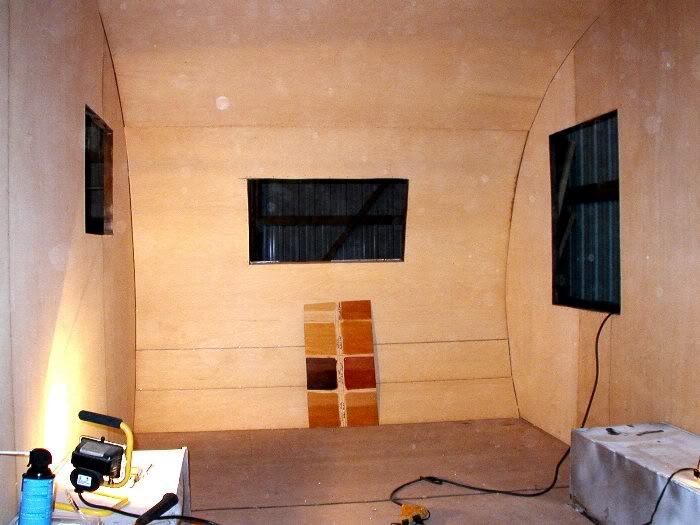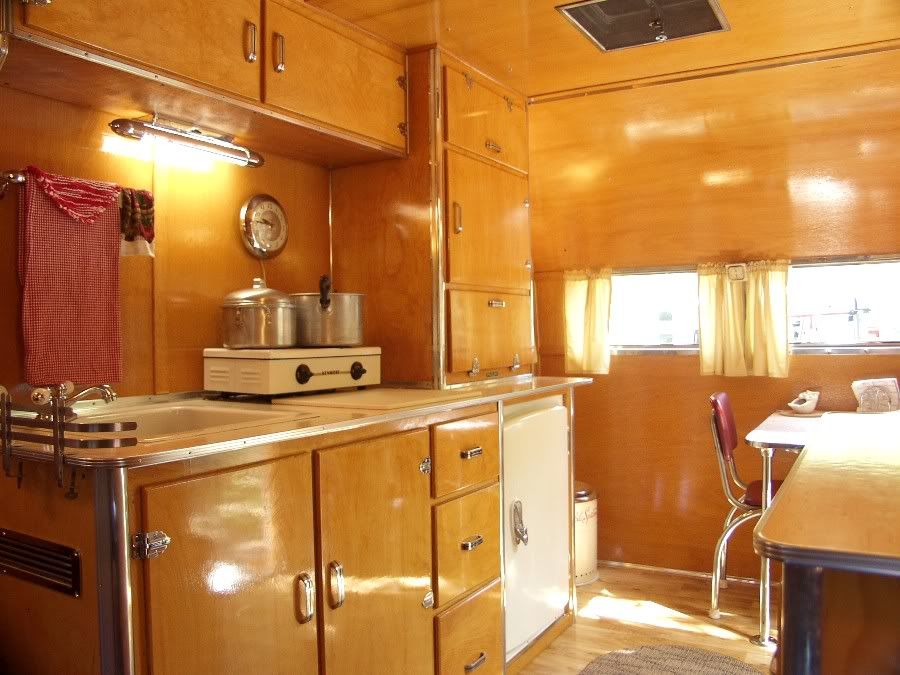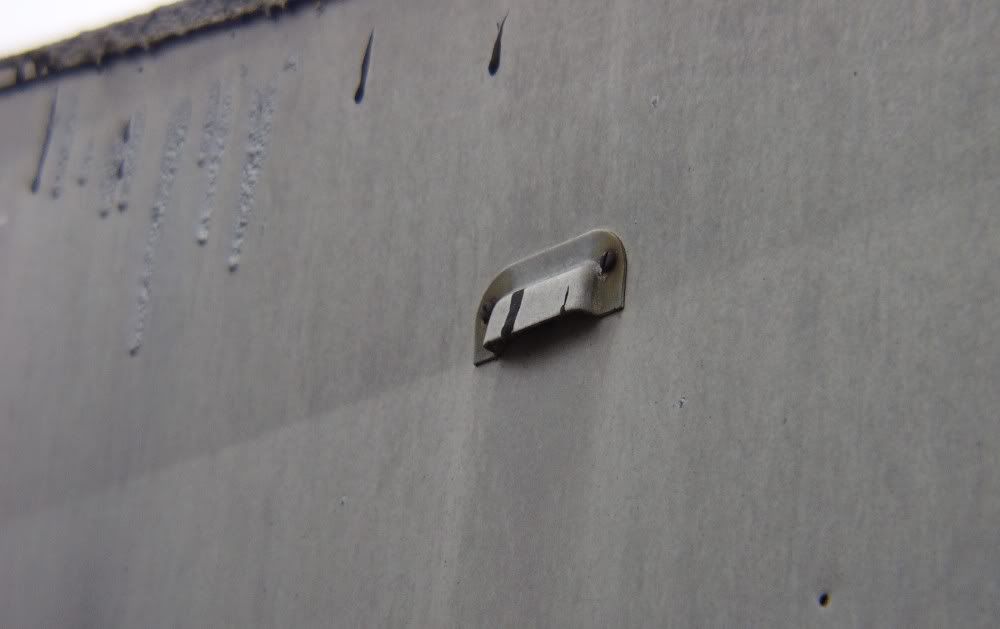I want to use the above from a known box store. What type of coating should I use to bring a natural golden color. Another thing, is it possible to install first then do the finishing already installed since I am not planning on any stain?
Not worrying about odor...
TightbondIII and brads to install..
Thanks
Pine Edge and Center Bead Wainscot Planking
14 posts
• Page 1 of 1
Re: Pine Edge and Center Bead Wainscot Planking
Not knowin nuttin' I would make a satin finish polyurathane my 1st choice. and a marine spar varnish for a little more golden look as my 2nd choice. The poly has proven to be a bit more scratch resistant and a bit better waterproofer. What ever you do completely coat the wood at least once before installing to seal out moisture that might otherwise allow the wood to curl. By complete I mean all sides and cut ends.
Just my 2 cents
Just my 2 cents

Growing older but not up !
-

bobhenry - Ten Grand Club

- Posts: 10368
- Images: 2623
- Joined: Fri Feb 09, 2007 7:49 am
- Location: INDIANA, LINDEN





